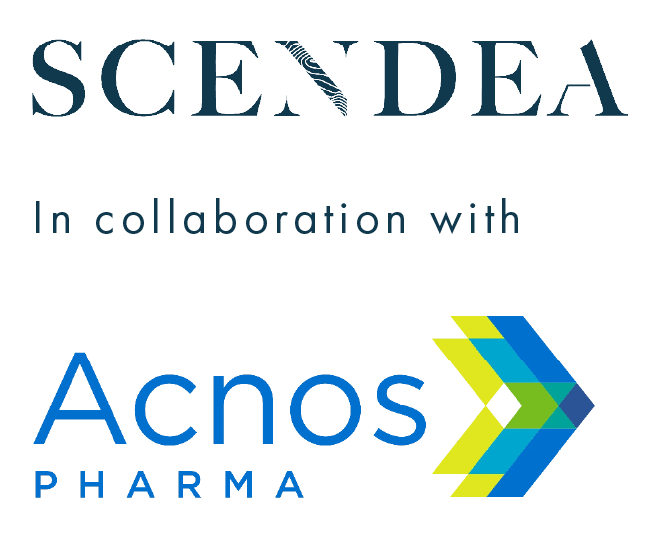Reference Product Sourcing and Regulatory Planning for Biotech Products
Scendea Authors:
Dr James Parsley, Erik Doevendans
Acnos Pharma Authors:
Tammy Bishop
When market protection ends, it triggers a shift in the competitive landscape for a product and often has a significant effect on the originator company which can see an overnight loss in revenue and potential biosimilar manufacturers. There are generally two types of market protection.
Firstly, patent protection which can include patents on the compound, i.e. protecting the active substance/biologic molecule, formulation or composition patents: protecting the specific formulation, process patents where a unique manufacturing method has been employed, and method-of-use patents which protect specific therapeutic indications.
The other type of protection is market exclusivity where regulatory agencies grant protection from using the originator’s clinical data to gain marketing approval for a certain period. In the EU, biologics typically get 8+2+1 years of protection (8 years data exclusivity, 2 years market exclusivity, +1 possible for a new indication). In the US, biologics get 12 years of data exclusivity under the Biologics Price Competition and Innovation Act (BPCIA)…

